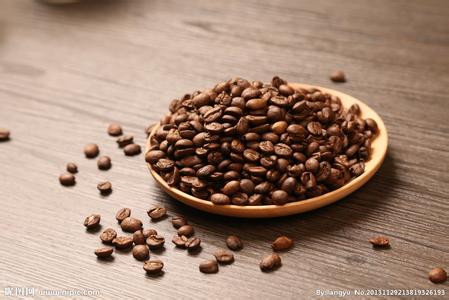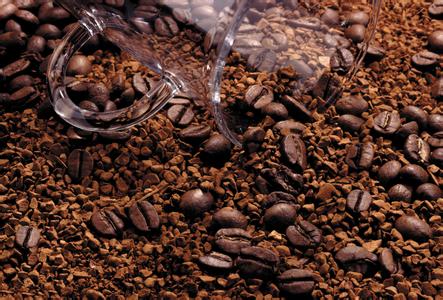A brief introduction to the Flavor description treatment of Coffee beans in Yega Fischer Manor, Ethiopia
A brief introduction to the Flavor description treatment of Coffee beans in Yega Fischer Manor, Ethiopia
Sun: after the beans are picked, they are directly exposed to the sun for about 3 weeks. During this process, the pulp will ferment, and the beans will absorb the flavor produced during the fermentation process, so the flavor is relatively rich. In the process of fermentation, the seeds are not consumed too much, that is, the sugar of coffee beans, which can produce rich aroma. Therefore, the aroma and flavor of the sun are rich.
With regard to Yejia Xuefei, to be exact, it entered the country a long time ago, but it was called Mocha at that time, and the latter sub-producing area was called Yejia, and then it became popular. In the last three or four years, with more and more detailed grading, Yejia Xuefei has become more and more popular. And how much prosperity is there?
Yega Xuefei is a small town, 700-2100 meters above sea level, synonymous with Ethiopian boutique coffee. It has been a wetland since ancient times. The ancient saying "Yirga" means "settle down" and "Cheffe" means "wetland". The mode of production and flavor of coffee here are so outstanding that Ethiopian coffee farmers compete to take pride in the flavor of their coffee, making it the most famous coffee producing area in Africa.
Yega Xuefei's coffee trees were planted by monks in Europe and later transferred to farmers or cooperatives. Yega Xuefei is actually constructed by the surrounding coffee communities or cooperatives, including: Hafusha, Hama, Biloya.
The refined washing treatment of raw coffee beans can be traced back to the mid-18th century. In the process of purification, the pulp of the red coffee fruit is first removed, and then the residual mucous membrane on the inner pericarp is removed by using a fermentation tank, followed by cleaning and drying.

Important Notice :
前街咖啡 FrontStreet Coffee has moved to new addredd:
FrontStreet Coffee Address: 315,Donghua East Road,GuangZhou
Tel:020 38364473
- Prev

Description of taste and flavor of coffee beans grown in Incht Manor, Guatemala
Description of the growing environment of coffee beans at Incht Manor in Guatemala the taste and flavor was first cultivated by researchers in El Salvador in 1958. Pacamara is an excellent variety under rare artificial breeding, which is better than blue, and perfectly inherits the advantages of the mother plant. It not only has the excellent taste of Pacas, but also inherits the large size of Maragogipe, and the bean body is at least like beans.
- Next

A brief introduction to the production area of grinding scale of coffee bean varieties in Papua New Guinea by taste treatment method
Brief introduction of Papua New Guinea Coffee Bean varieties produced by Taste treatment Grinding scale Papua New Guinea has a detached and primitive natural environment and a vast and fertile land. Its unique volcanic rock soil and abundant rainfall create excellent natural conditions for the growth of coffee. Papua New Guinea's top coffee beans float like the country's national bird, the bird of paradise.
Related
- Does Rose Summer choose Blue, Green or Red? Detailed explanation of Rose Summer Coffee plots and Classification in Panamanian Jade Manor
- What is the difference between the origin, producing area, processing plant, cooperative and manor of coffee beans?
- How fine does the espresso powder fit? how to grind the espresso?
- Sca coffee roasting degree color card coffee roasting degree 8 roasting color values what do you mean?
- The practice of lattes: how to make lattes at home
- Introduction to Indonesian Fine Coffee beans-- Java Coffee producing area of Indonesian Arabica Coffee
- How much will the flavor of light and medium roasted rose summer be expressed? What baking level is rose summer suitable for?
- Introduction to the characteristics of washing, sun-drying or wet-planing coffee commonly used in Mantenin, Indonesia
- Price characteristics of Arabica Coffee Bean Starbucks introduction to Manning Coffee Bean Taste producing area Variety Manor
- What is the authentic Yega flavor? What are the flavor characteristics of the really excellent Yejasuffi coffee beans?

